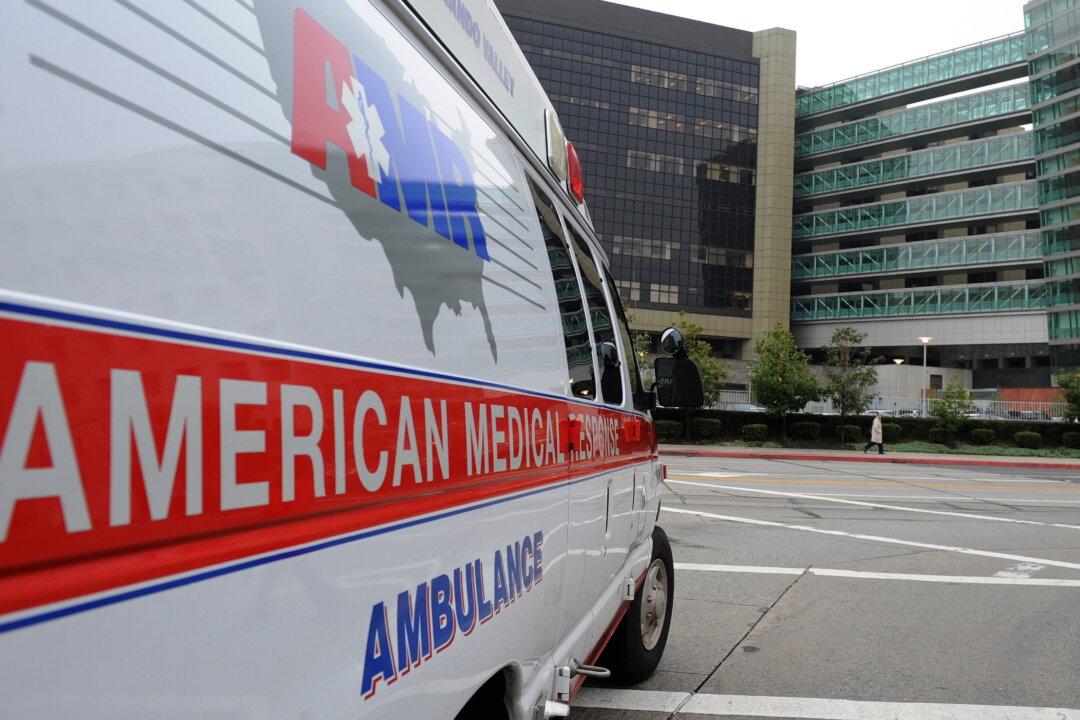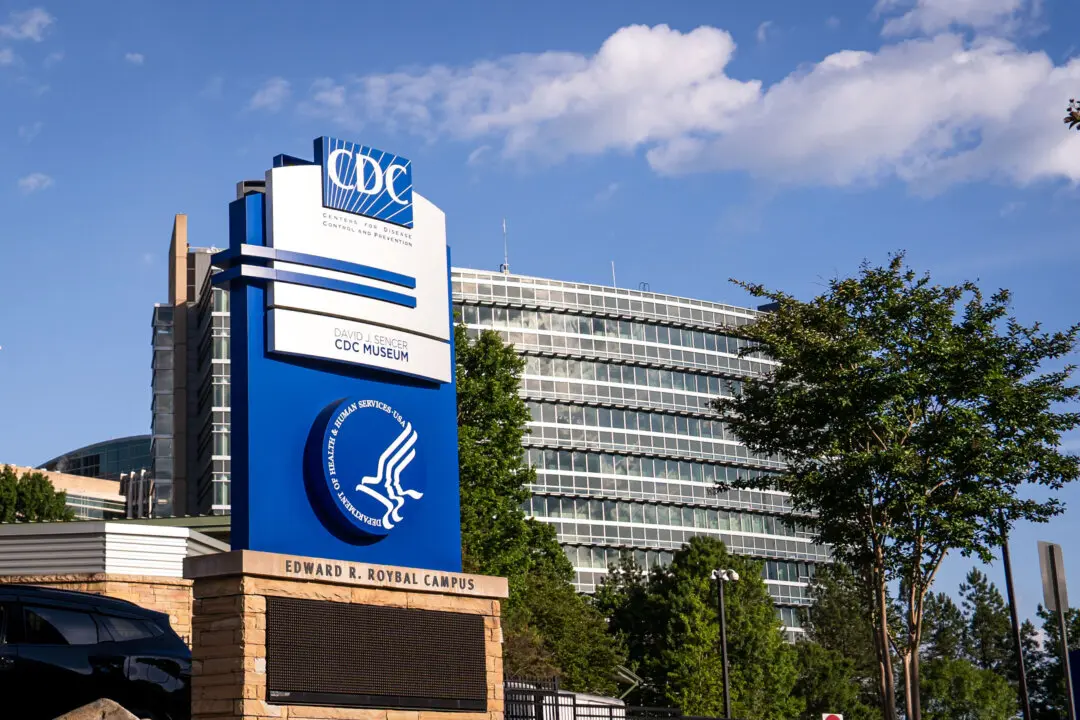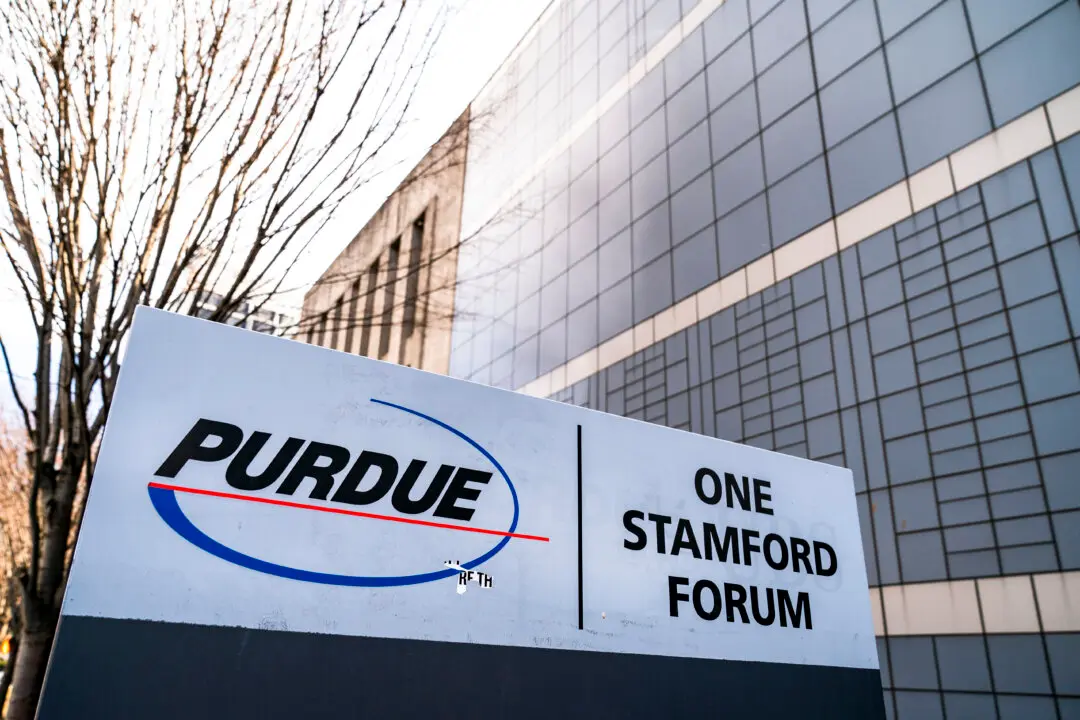Consumers have been misled about the recyclability of plastic, according to those who argue that industry labeling has caused the public to place too much trust in what is not an easy solution for reducing waste.
David Allaway is a senior policy analyst with the Oregon state’s Department of Environmental Quality (ODEQ).





